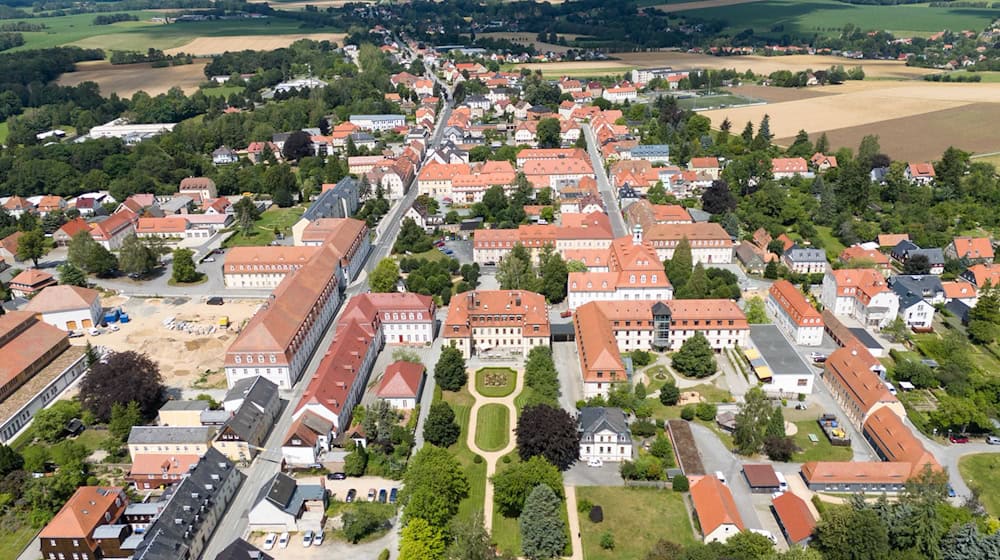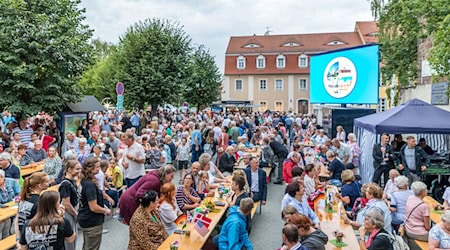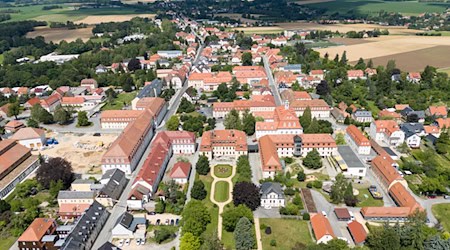The decision to include the settlements of the Moravian Church as a Unesco World Heritage Site was unanimous, according to Saxony's State Chancellor Conrad Clemens. "Today is a special day for Herrnhut and Upper Lusatia, which many people have worked towards," said the CDU politician, who followed the meeting of the Unesco World Heritage Committee in India's capital New Delhi. The joint application with the USA and Northern Ireland shows the worldwide, diverse network of the Herrnhuter.
This morning, Unesco designated the small town of Herrnhut in Saxony as part of the settlements of the Moravian Church as a new World Heritage Site. The responsible body of the UN Educational, Scientific, Cultural and Communication Organization (Unesco) announced the decision at its 46th session in New Delhi, India.
The settlements of the Moravian Church are characterized by simple, clear architecture with a focus on living, working and believing together, said Clemens, who, as the son of a pastor of the Evangelical Free Church, has belonged to the Moravian Church since birth. "It is an idea of living together that is based on openness to the world, equality and almost family cohesion," he told the German Press Agency. The title is "a nice sign for Saxony, especially at a time when we are experiencing a lot of division and polarization".
Herrnhut is the origin of the Protestant community. Protestant religious refugees from Moravia founded it in 1722 after Count Nikolaus Ludwig von Zinzendorf (1700-1760) made land available to them there.
Copyright 2024, dpa (www.dpa.de). All rights reserved










